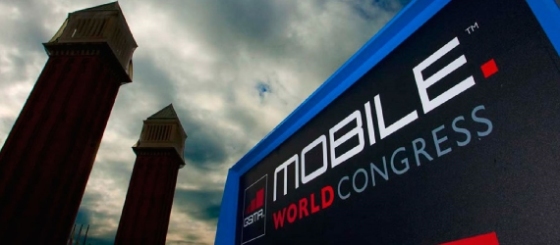
The UK is historically a nation of shoppers, which more often than not puts it in the top five markets for many global brands. Right now, however the economy is tough, and retail is hurting.
With so many retail brand names disappearing from the high street, reducing choice and damaging local communities or shopping districts, the retailers that remain are struggling to survive.
Marks and Spencer, founded in 1884, is a brand unique to the UK, with no global footprint. It serves a niche market of 63 million residents, many of whom have lived with it their entire life. But it’s been well documented that the chain has struggled to connect with a younger audience, and by trying to do so has started to lose its appeal to its core audience.
By trying to be something for everyone, it’s starting to mean nothing to anyone.
One of the main issues with M&S is the fact that it’s a brand with no subsidiaries, and it doesn’t sell any third party products across fashion, homeware, and furniture, with only a few exceptions in the cosmetic and food categories. That makes it very different to some of the brands it competes with, like H&M Group – who have a broad global audience to speak to across 62 counties. Its many brands include H&M, H&M Home, Arket, COS, Weekend, Cheap Monday, Monki, and Other Stories. With approximately 4,500 doors and eight clearly defined brands, H&M Group meets the needs of so many generations and demographics in a way that M&S can’t.
A public breakup
With falling sales and decline across all categories except food which registered like-for-like sales uplift 0.9% with its latest half year results, is there any chance for M&S to refresh its brand to appeal to the many in a progressive nation like the UK?
I don’t think so: it’s almost like an “it’s not you, it’s me” kind of breakup.
The change has already begun. 47 stores have disappeared and the retailer is still looking to close 100 stores by 2022, but with 1,035 UK stores, that still leaves a lot of square footage. The current UK turnover figures of £9.4bn demonstrate that the brand isn’t doing too badly against others who are teetering on the brink of collapse, but it’s losing its focus by desperately chasing growth which isn’t there and, in the process, stifling creativity.
So forget the gimmicks like the M&S Little Shop (those collectable mini grocery items made from non-biodegradable material). This was a bit of a PR disaster, especially when you consider that for many the ethics of fast retail are a major concern. Shoppers are increasingly aware of the environmental impact certain industries make with fashion, for example, accounting for around 10% of total carbon emissions and a significant percentage of total water consumption.
M&S do have their Plan A sustainability programme, but does it do enough to communicate it? I don’t believe so and think M&S could be speaking to so many who are keen to see a retailer change and pioneer green retail for all.
Fixing the brand
Aside from missing a trick on environmental initiatives, it also lags behind other retailers on its feelgood factor. Its in-store experience is lacking, and its approach to retail will never compliment a great advertising campaign.
But one of the simplest forms of enhanced experience starts with staff; M&S have the benefit of loyal and customer centric staff so why not make them your ambassadors to create that experience? Perhaps ditch the uniform and in the process possibly save yourself a lot of money. Dress your staff in your clothes and update it seasonally. The outlay would be less, and your team immediately become the advocates of your brand.
Collaborate with a brand and start a conversation with someone new. Find the yin to your yang and be realistic – no one really wants to wear M&S trainers! Find a complementary brand for a category or create a collection that people really want to chase and will desire.
The current model is clearly not working – but hold on, it’s still making a handsome turnover, employing 81,000 staff and achieving a profit, so what’s the problem? Are the reports self-fulfilling in that they only serve to change perceptions in the consumers mind?
Regardless, the growth for brands like M&S is limited unless they can create a seismic shift in appeal to a younger or more affluent audience which starts with the experience a consumer feels from the brand.
To read the full article please visit The Drum.
The photo that accompanies this article is by Pixabay from Pexels






